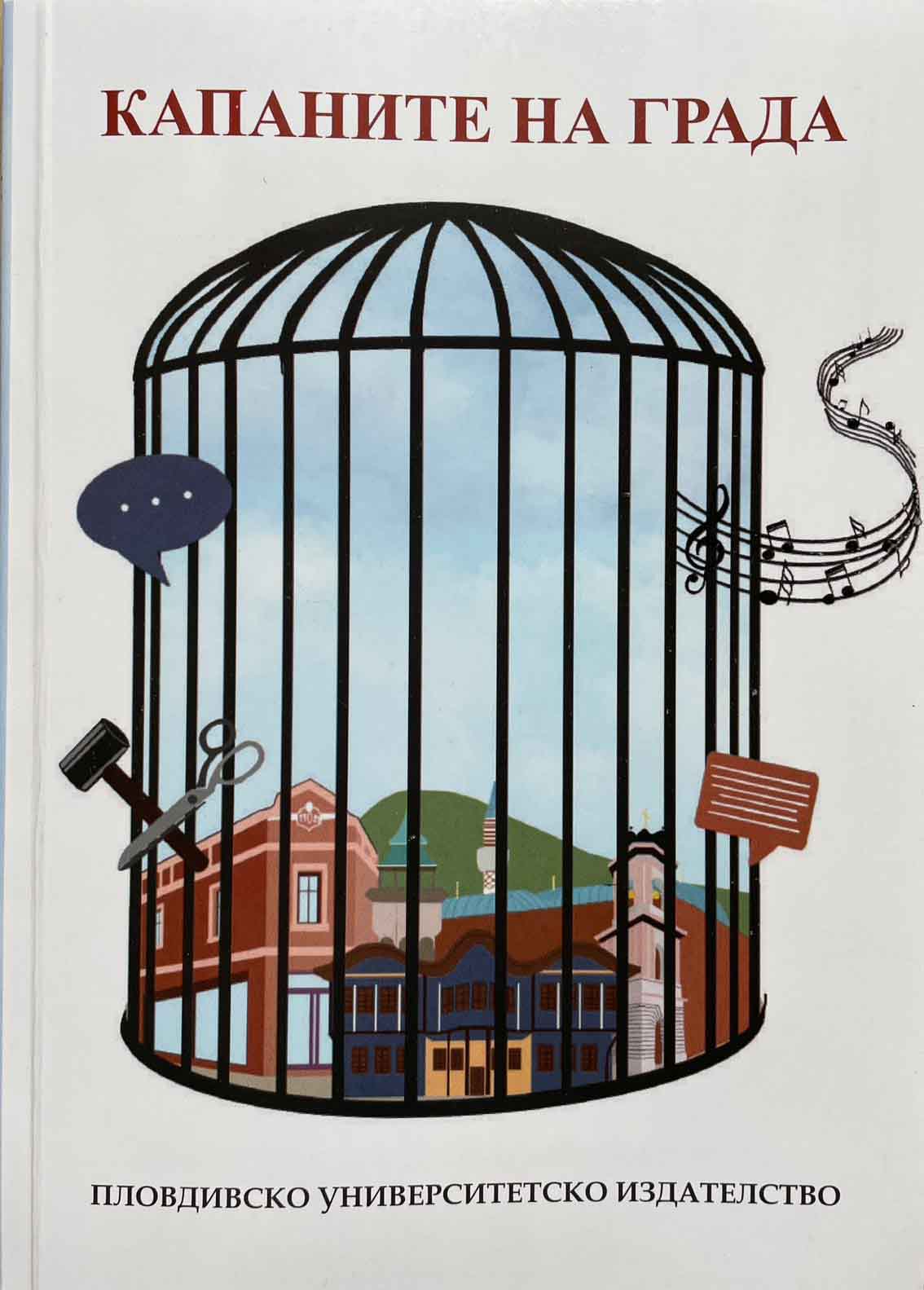За наследяването и промените на градските пространства в София през Средните векове и Османския период
About the Succession and Changes of the Urban Spaces in Sofia in the Middle Ages and the Ottoman Period
An Archaeologist's Perspective
Author(s): Snezhana Goryanova
Subject(s): Anthropology, Social Sciences, Sociology, Cultural Anthropology / Ethnology
Published by: Пловдивски университет »Паисий Хилендарски«
Keywords: city of Sofia; Late Antiquity; the Middle ages; Ottoman period; “traps”
Summary/Abstract: The paper traces the imprint in the archaeological monuments and in the written sources of three phenomena emblematic of the city of Sofia in its almost 20-century history. First are the mineral springs, which are one of the main reasons for the formation of the settlement in this place. The close proximity of the Vitosha mountain, which is a major resource center – of water, timber, fruit, a place to walk and relax – also contributes to a good living environment. The strength and stability of the Christian tradition is evidenced by the church dedicated to God’s wisdom built in Late Antiquity and which has survived to this day – the domed basilica “Saint Sophia”, which also gave the current name of the present-day Bulgarian capital.
Book: Капаните на града
- Page Range: 72-92
- Page Count: 21
- Publication Year: 2022
- Language: Bulgarian
- Content File-PDF

